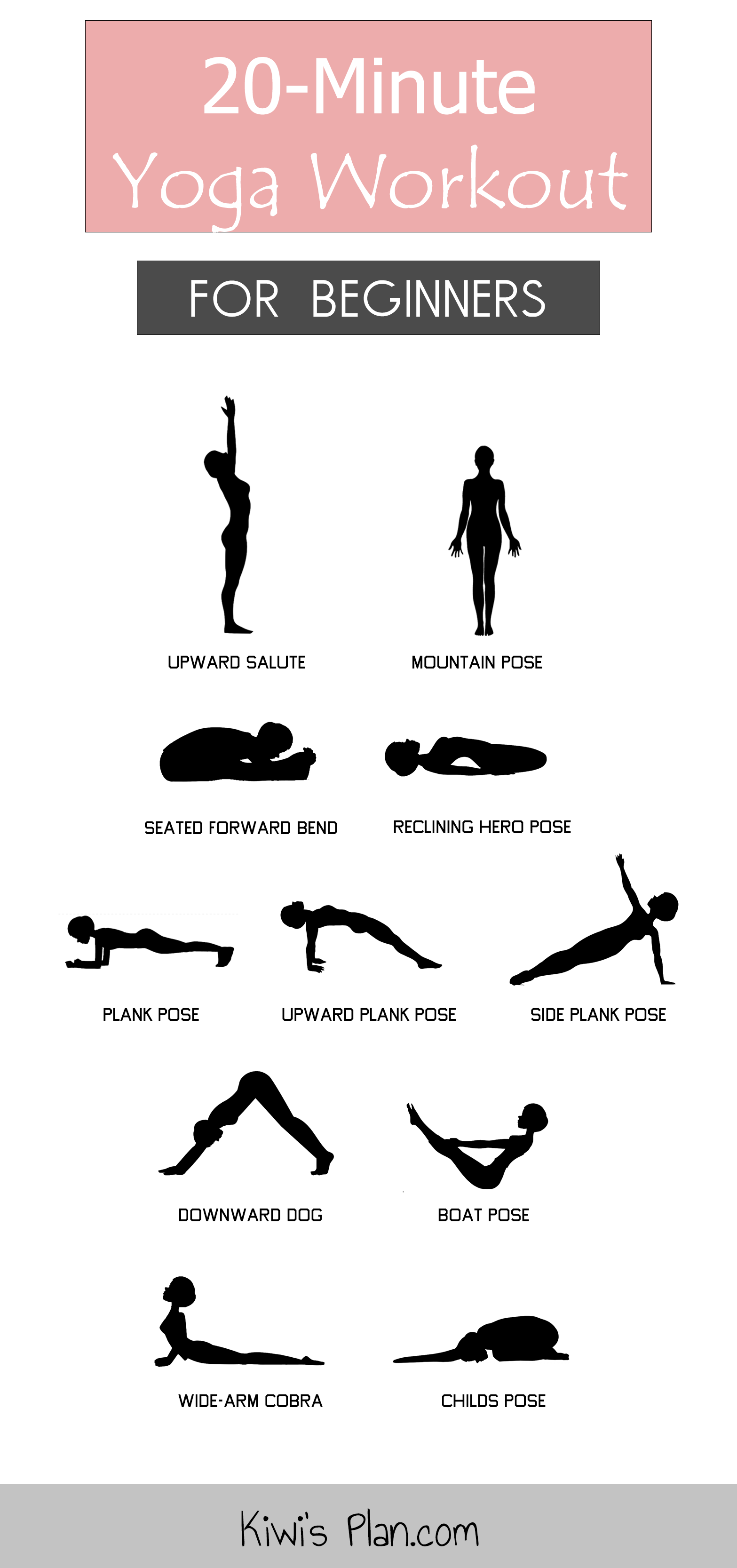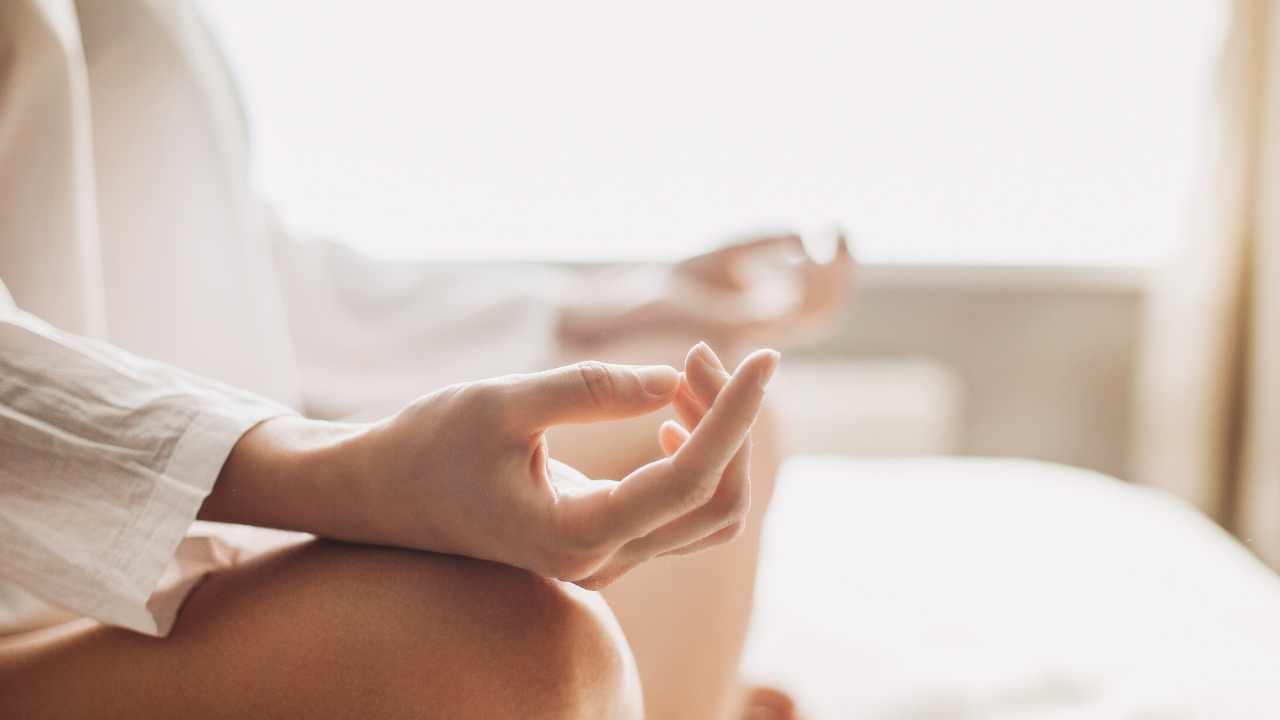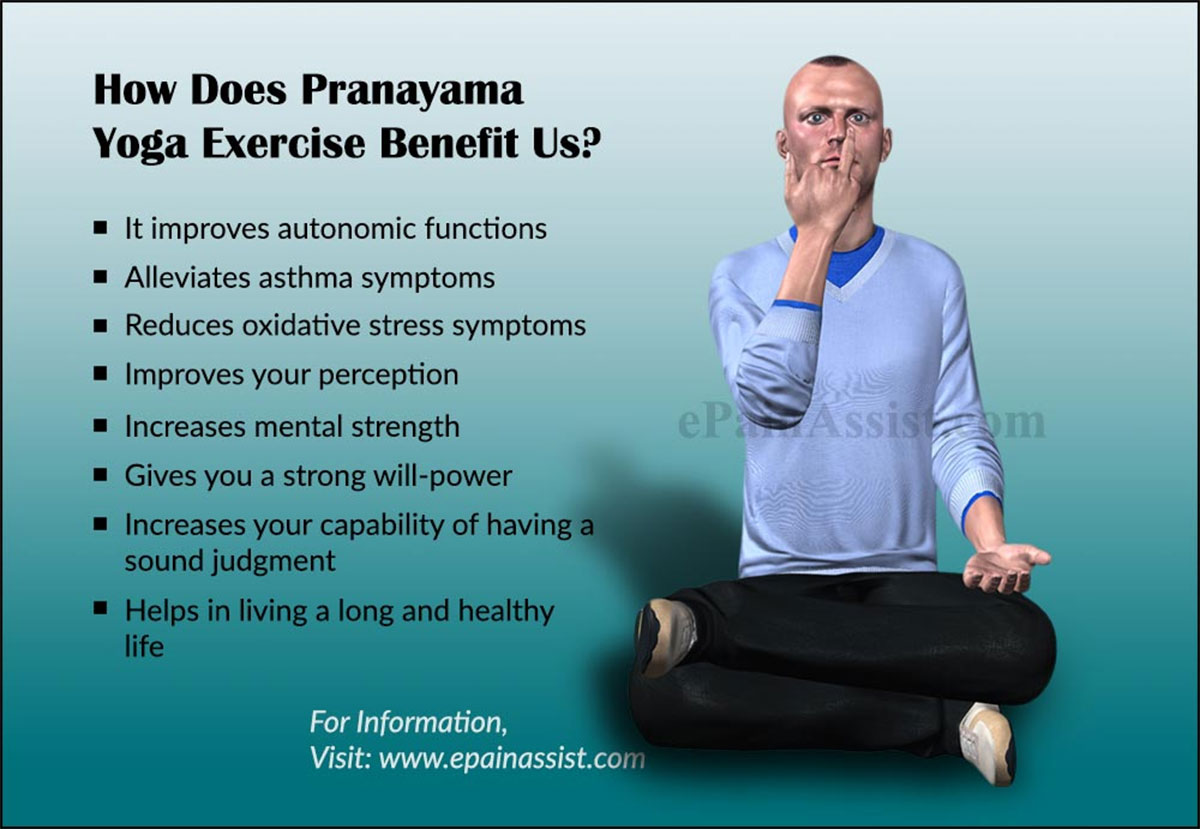
Eye yoga can improve your sight and strengthen your eyes. It can help reduce eye strain and prevent you from getting eye diseases. However, these exercises can't replace your doctor's advice. Before you start any exercise program, consult your eye doctor. You may also be able to use eye yoga to improve your vision after cataract surgery.
You can choose to do the exercises with your eyes shut or open. Sitting comfortably for three seconds, allow your eyes to open and close slowly. Place an object at 20 feet. After focusing on the object, close your eyes for three more seconds. This exercise is designed to help your eyes focus better. The ciliary muscles contract to concentrate on near objects and relax to focus distant objects.
Palming is another exercise. Palming can help you relax and focus your eyes on objects. Palming involves placing your hands over your eyes. The pressure should not be too firm to cause discomfort. If this is uncomfortable for you, you can try massaging your eyes gently. When you feel comfortable, increase the pressure. This exercise should not last more than five minutes.

Contact lenses should not be worn before performing these exercises. It is not recommended that you perform these exercises if you have glaucoma or dry eyes. However, your eye doctor will give you specific instructions. It is a good idea if you have prescription glasses or contact lenses to be removed before performing these exercises.
The 20-20-20 Rule helps you focus your eyes on distant objects. Using this exercise requires you to focus on an object that is 20 feet away. When looking at an object, focus your eyes on the corner nearest your eyebrow. If you cannot focus, you should look at something close by. To guide your eyes, you can use a pencil and a finger.
For people with dry eyes, chronic strain or eye refraction issues, eye yoga is not recommended. These exercises are not intended to treat the underlying cause. These exercises can be used to relax the eyes and not replace medical advice. Regular eye exams and monitoring of vision changes are important. This will allow you to spot potential problems before they become serious.
Eye yoga is known for its many benefits. It reduces eye strain and improves eye flexibility. It is also an effective way to prevent the development of eye diseases. Eye yoga exercises can also be helpful if you have eye strain.

Depending on your needs, there are a number of exercises that can be done to improve your sight. Some exercises can still be done with the eyes closed. Others require you to open your eyes. No matter what exercise you do, you will reap the benefits.
FAQ
Are yoga mats necessary?
Not necessarily. Many studios offer mats to students. These mats are usually made of rubber and are easy to clean.
You may also choose to purchase your mat. You can expect a mat that is of high quality to last for many years.
What are the differences in Hatha, Ashtanga and Vinyasa Yoga, Power Yoga, Kripalu or Bikram? ?
There are many types of Yoga. Each one offers a different way to find balance in our lives.
The most popular types of yoga are:
Hatha - This includes stretching and poses that emphasize core strength and flexibility.
Ashtanga: This practice focuses on slow-paced movements to build strength and stamina.
Vinyasa is a type of yoga that allows you to deepen your breath through fast-moving sequences.
Power - Power yoga is a form of power that involves more challenging moves.
Kripla - One of the oldest forms and traditions of yoga, Kripla dates back thousands of year.
Bikram – This type of yoga can be done in heated rooms.
Is yoga safe to do?
Yoga is safe to practice for all ages and abilities. Yoga has been used for thousands of years with no side effects.
You should consult your doctor if there are any health conditions you may have before beginning an exercise program.
How does yoga work?
Yoga is about alignment, breath control meditation, stillness and mindfulness. If done properly, yoga can bring peace and calm to the practitioner.
Warming up is the first step in any yoga class. You might begin with stretches such as forwarding bends (bending forward), reverse bends (bending backward), twists and side bends. These moves help loosen tight muscles, and prepare you to take on deeper poses.
Next, you will need to balance in the "standing" pose. Next, stand straight up with your feet and your arms extended. Then, look down towards the ground. Your body should feel stable, centered, and balanced.
The final step is deep stretching. To do these poses, lie face-up on a flat surface and lift your legs. Grab onto something sturdy to keep you from falling. If you don’t have anything to hold on to, place your hands on something nearby.
After performing all these poses you will be able move into a series stand poses. These are the mountain pose and warrior pose as well as the downward facing dog, upward facing dogs, plank pose and last pose.
It is important to take deep, slow breaths when doing yoga. Deep breathing helps to calm the mind and cleanses your lungs. Focusing on your exhales and inhales can help you do this. Try counting every time your take a deep breath.
You can practice yoga anywhere -- even while cooking! Just follow the same steps above, but sit upright instead of lying on the ground.
Try starting yoga for 10 minutes each day if you're a beginner. Remember that yoga is for everyone, no matter your age.
What are the best types of yoga mats?
There are many options for yoga mats. The size, price, durability, and cost of a yoga mat will all play a role in your decision.
A high quality mat will not only protect your floor from scratches but also be thin enough to allow you to move quickly.
A cheap mat may not provide adequate support.
How does yoga change your body?
Yoga can help you relax and stretch. It also makes you feel great. This is due to yoga improving flexibility, strength, stress management and overall health. This leads to better sleep, improved concentration, and increased energy levels.
You are less likely to get the flu and cold from yoga. This is because you can breathe deeply while doing yoga, which increases the oxygen reach your brain.
Yoga can also help with tension and pain. These postures improve posture and strengthen joints and muscles.
You should therefore practice yoga daily to maintain your health and happiness.
Statistics
- The people in the yoga group were 37 percent more likely to have quit smoking by the end of the 8-week program. (nccih.nih.gov)
- According to calorie estimates calculated at Harvard Medical School, the average 125-pound person burns about 120 calories in a half hour of hatha yoga, and a 185-pound person burns about 178 calories in that half hour. (everydayhealth.com)
- The American Psychological Association recently shared that 84% of American adults feel the impact of prolonged stress (5). (healthline.com)
- A 2020 review of 27 studies (1,805 total participants) of yoga interventions in children or adolescents found reductions in anxiety or depression in 70 percent of the studies, with more promising results for anxiety. (nccih.nih.gov)
- According to the Agency for Healthcare Research and Quality, falls are incredibly common among older adults in nursing facilities. Even the simplest ones can increase the risk of death (24). (healthline.com)
External Links
How To
Is yoga a great workout?
Yoga isn’t only for those looking to lose weight. It can also help you achieve flexibility, balance, coordination and strength.
Yoga is not just exercise; instead, it's an art form. The poses can be used to relax or meditate. These poses help improve our posture, concentration, breathing, and overall health.
The term "yogi" refers to someone who practices yoga. Yogis follow various forms of yoga, including Hatha, Ashtanga, Iyengar, Vinyasa, Bikram, Kundalini, Yin Yang, and Restorative.
Although there are many styles of yoga, they all share the same goals. Each style focuses on different aspects. Some yoga styles include meditation, pranayama, and Hatha.
Some yoga exercises that require no equipment are:
-
Sun Salutation: This series of 12 postures begins with a forward bent, and then 10 additional poses.
-
Warrior Pose - While holding a stick or staff, a warrior pose is done.
-
Triangle Pose - This pose involves lifting one leg behind you and bending at the knee.
-
Standing Forward Bend – This is a pose where you sit on the ground with your legs straightening and then fold forward at the waist.
-
Seated Twist: This is a pose that can be done while seated on a mat or in a chair.
-
Cobra Pose is a position where you lie on your side, with your arms in front.
-
Child's Pose - This pose is done while lying face up on the ground.
-
Cat/Cow Pose- This is a combination of a cat/cow pose. While lying face down, raise your upper body off the ground. Place your hands on your shoulders and roll over to the side.
-
Head Tilt--This pose requires that you tilt your head back with your eyes closed.
-
Shoulder stand - This position involves standing straight up with your arms and feet raised above the head.
-
Tree Pose – This pose involves kneeling on your heels with your hands beneath your shoulders.
-
Bow Pose – Bend forward from the hips to complete this pose. Then, place your palms on top of the ground and bend forward.
-
Corpse Pose: This pose can only be held for five seconds.
-
Mountain Pose - The mountain pose is where you stand tall while your spine is straight.
-
Legs up the wall Pose - This is a pose where you hang upside-down from a brick wall.
-
Side Angle Pose -- This pose requires you to lean against a wall and place your right arm in front of the wall.
-
Plank Position: This is when your legs are bent at the waist and your arms extend out to one side.
-
Bridge Pose: This pose can be achieved by balancing on your elbows or toes.
-
Reverse Table Top Pose: This is when you lie on your stomach and extend your arms towards the ceiling.
-
Handstand - This requires strength and balance. This pose can be done by placing your hands between two walls, or using a door frame.
-
Half Moon Pose also known as Hero Pose. This is achieved by standing on your hands, and toes.
-
Headstand (or Handstand) - This pose requires excellent balance and strength. This pose can be done on a wall, or by using a doorframe.
-
Forearm Balance- This position is done with your forearms on a tabletop.
-
Spinal Twist: This pose is where your belly meets your arms.
-
Supported Bound Angle Pose - This pose requires support and balance. To lean on a sturdy object, such as a tree trunk or an old beam, you'll need one.
-
Wide Leg Forward Fold – This is achieved by extending your legs out and touching your toes.
-
Single Pigeon Pose - This pose is similar to the wide leg forward fold but has only one leg extended.
-
Extended Puppy Dog Pose: This is a very relaxing pose. This is done by stretching your legs outwards and bending your knees.
-
Seated Forward Bend - This pose is sitting cross-legged and stretching your hamstrings and calves.
-
Crow Pose: This pose is very difficult, but it's rewarding once you get the hang of it. You do this by raising your arms high above your head and lowering them to the floor.